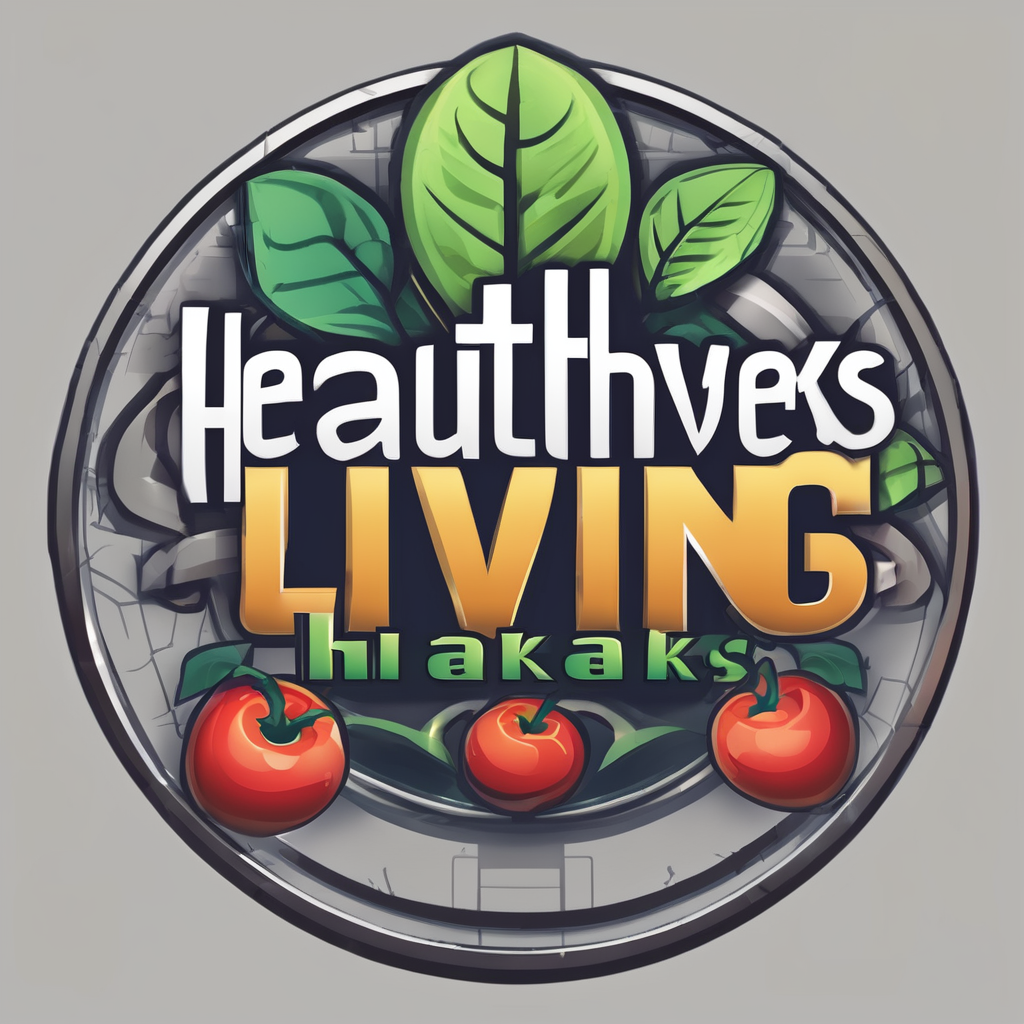As the American population ages, the prevalence of hypertension, or high blood pressure, increases significantly among older adults. Given that hypertension is a major risk factor for heart disease and stroke, effectively managing this condition is crucial, especially for seniors aged 75 and above. Therefore, it becomes necessary to stay updated with the latest guidelines for managing hypertension in this age group. Herein, we’ll explore the current recommendations, addressing pressing questions surrounding the acceptable blood pressure range, hypertension treatment options, and the role of lifestyle modifications in blood pressure management.
Understanding Hypertension in Older Adults
Before we delve into the guidelines, let’s first comprehend what hypertension means for older adults. Hypertension, or high blood pressure, is a chronic condition where the force of blood against the artery walls is consistently too high. This condition can lead to serious health complications, such as heart disease and stroke, if left untreated.
Have you seen this : Boosting Senior Fitness: The Role of Interactive Video Games in Encouraging Physical Activity
According to the American Heart Association, a blood pressure reading of 130/80 mmHg or higher is considered hypertensive. The first number, known as the systolic pressure (SBP), measures the pressure in your arteries when your heart beats. The second number, the diastolic pressure, gauges the pressure in your arteries when your heart rests between beats.
Older adults are at a higher risk for developing hypertension due to age-related changes in the cardiovascular system. Research studies have shown that after age 75, systolic blood pressure (SBP) becomes a more important predictor of cardiovascular risk than diastolic blood pressure.
Also to discover : What Are the Most Effective Therapies for Age-Related Macular Degeneration?
Latest Guidelines for Blood Pressure Targets in Older Adults
In recent years, there have been conflicting guidelines on the optimal blood pressure target for older adults, particularly those aged 75 and over. The American College of Cardiology (ACC) and the American Heart Association (AHA) recommend a blood pressure target of less than 130/80 mmHg for all adults, including those aged 75 and older. This guideline is based on clinical trials showing the benefits of lower blood pressure targets in reducing the risk of cardiovascular events.
However, other scholars and organizations suggest a higher blood pressure target for older adults, particularly those with frailty or multiple comorbidities. They argue that aggressive blood pressure control might increase the risk of adverse events, such as falls and fainting, in this population.
Hence, the decision on blood pressure targets should be individualized, taking into account the patient’s overall health status, life expectancy, and personal preferences.
Hypertension Treatment Options for Older Adults
The primary treatment for hypertension involves a combination of lifestyle modifications and medication therapy. According to the ACC/AHA guidelines, adults aged 75 and older with hypertension should start with a single medication, and the dosage should be increased or additional drugs added until the blood pressure goal is reached.
Various classes of antihypertensive drugs are available, including ACE inhibitors, ARBs, beta-blockers, calcium channel blockers, and diuretics. The choice of drug should be based on the patient’s comorbidities, potential side effects, and personal preferences.
However, it’s important to monitor for potential side effects, particularly orthostatic hypotension (a sudden drop in blood pressure when standing up from a sitting or lying position), which can increase the risk of falls in older adults.
The Role of Lifestyle Modifications in Blood Pressure Management
Medication alone is often not enough to control hypertension, especially in older adults. Lifestyle modifications play a vital role in managing blood pressure. These can include regular physical activity, a heart-healthy diet, weight management, smoking cessation, and limiting alcohol intake.
Regular physical activity can help lower blood pressure and improve overall cardiovascular health. The ACC/AHA guidelines recommend at least 150 minutes of moderate-intensity or 75 minutes of high-intensity aerobic activity per week, along with muscle-strengthening activities at least two days per week.
A heart-healthy diet, such as the Dietary Approaches to Stop Hypertension (DASH) diet, can also help manage blood pressure. This diet emphasizes fruits, vegetables, whole grains, lean proteins, and low-fat dairy products, while limiting saturated fats, cholesterol, and sodium.
Navigating the Complexities of Hypertension Management in Seniors
The management of hypertension in older adults is complex, requiring a balance between reducing the risk of cardiovascular events and minimizing the risk of treatment-related adverse effects. The latest guidelines provide a roadmap for clinicians and patients, but they are not a one-size-fits-all approach.
To achieve optimal blood pressure control in older adults, clinicians should engage patients in shared decision-making, taking into account their overall health status, life expectancy, and personal preferences. In addition, regular monitoring and follow-up are crucial to assess the effectiveness of the treatment plan and make necessary adjustments.
Patients, in turn, should be proactive in managing their blood pressure, adhering to medication regimens, and adopting healthy lifestyle habits. They should also seek reliable information on hypertension management, using resources like Google Scholar and reputable health websites for accurate, up-to-date information.
Utilizing Technology to Monitor Hypertension in Older Adults
With advancements in technology, it’s become increasingly convenient for older adults to monitor their blood pressure at home. Home blood pressure monitoring can provide useful information to healthcare providers, and can also empower patients to take active roles in managing their hypertension.
Patients can use home blood pressure monitors, which are widely available and easy to use. These devices measure blood pressure at set times throughout the day, providing valuable data on blood pressure trends. It’s crucial to ensure that these devices are accurate and validated for use in older adults.
Smart technology, such as wearables and smartphone applications, also offers innovative ways to track blood pressure and other vital signs. For instance, some smartwatches can detect irregular heartbeats, a potential sign of hypertension-related complications.
Using technology to monitor blood pressure can help clinicians adjust medication regimens more effectively and promptly address potential issues. It can also encourage adherence to lifestyle modifications, as patients can see the direct impact of healthy habits on their blood pressure readings.
However, it’s important to note that technology is a tool and does not replace regular check-ups with healthcare professionals. Patients should share their home blood pressure readings with their healthcare providers for review and interpretation.
Moreover, older adults may need assistance from family members or caregivers to use these digital tools effectively. Therefore, patient education and support are vital in utilizing technology for hypertension management.
Conclusion: Personalized Approach to Hypertension Management in Older Adults
Managing hypertension in older adults aged 75 and above requires a personalized approach that considers each individual’s unique circumstances, preferences, and goals. The latest guidelines, outlined by the likes of the ACC, AHA, and European Society of Cardiology, serve as useful guideposts, but they are not definitive rules.
The decision on blood pressure targets and treatment strategies should be made jointly by the patient and their healthcare provider. This shared decision-making process should consider the potential benefits and risks, the patient’s overall health status, comorbidities, life expectancy, and personal preferences.
Medical therapy, typically beginning with a single antihypertensive medication such as a thiazide diuretic or a beta-blocker, plays a critical role in managing hypertension. However, lifestyle modifications, including regular physical activity, a heart-healthy diet, and smoking cessation, are equally important.
Technology can provide a useful tool in monitoring blood pressure at home and encouraging adherence to medication and lifestyle changes. However, it’s crucial for patients to share this data with their healthcare providers and not to disregard regular check-ups.
As with any health condition, knowledge is power. Patients should actively seek accurate and up-to-date information on hypertension management. Resources like Google Scholar, reputable health websites, and professional societies like the American Heart Association can offer valuable insights.
In conclusion, hypertension in older adults is a significant health concern but one that can be effectively managed with a personalized approach, careful monitoring, and an active role by the patient in their healthcare. Remember, every step taken towards a healthier lifestyle is a step towards better blood pressure control and improved quality of life.











